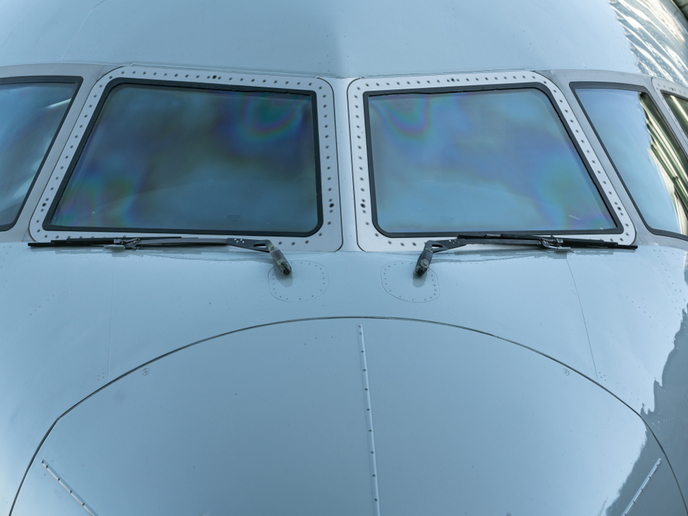In-depth exploration of airframes to reduce noise pollution from planes
The noise produced by an airframe's cavity or opening is of particular importance. Intense tone noise may be generated when flow passes over a cavity. This tone noise is categorised as fluid-dynamic oscillation noise. Yet another type is fluid-resonant oscillation. The EC has laid down an ambitious target to reduce air traffic noise by 10 decibels per aircraft operation until 2020. With this in mind, the EU-funded ACOCTIA(opens in new window) (Active control of cavity tones in aircrafts) project set out to decrease airframe noise because of landing gear cavities. It focused on the cavity tones produced due to fluid-dynamic or fluid-resonant oscillation by controlling cavity flow oscillations. To achieve its aims, ACOCTIA worked on the state of art in the field and implemented hybrid passive/active strategies. Through a passive control approach, project partners considered cavity design to ensure that any resonant coupling between the cavity frequencies and the fluid-dynamic and fluid-resonant oscillations are minimised. In integrating hybrid concepts, researchers examined the active/passive control of the aircraft cavity tones. This entailed studying a range of technologies to ensure local control of the cavity tonal noise generation through passive control, active noise control, flow control, and adaptive and variable methods. They also carried out experimental validation in the anechoic chamber. Thanks to ACOCTIA, the EC is one step closer to meeting its air traffic noise objectives. Studying airframe noise will one day lead to quieter airports in and around the growing number of urban areas.







